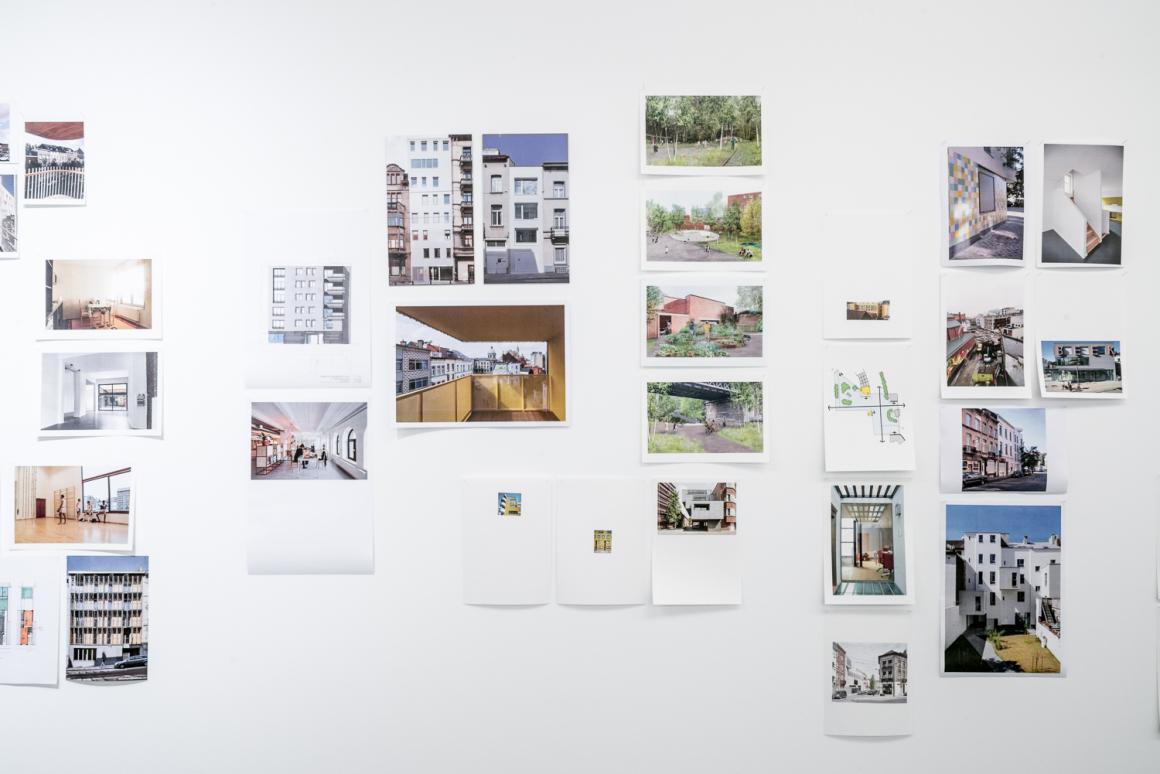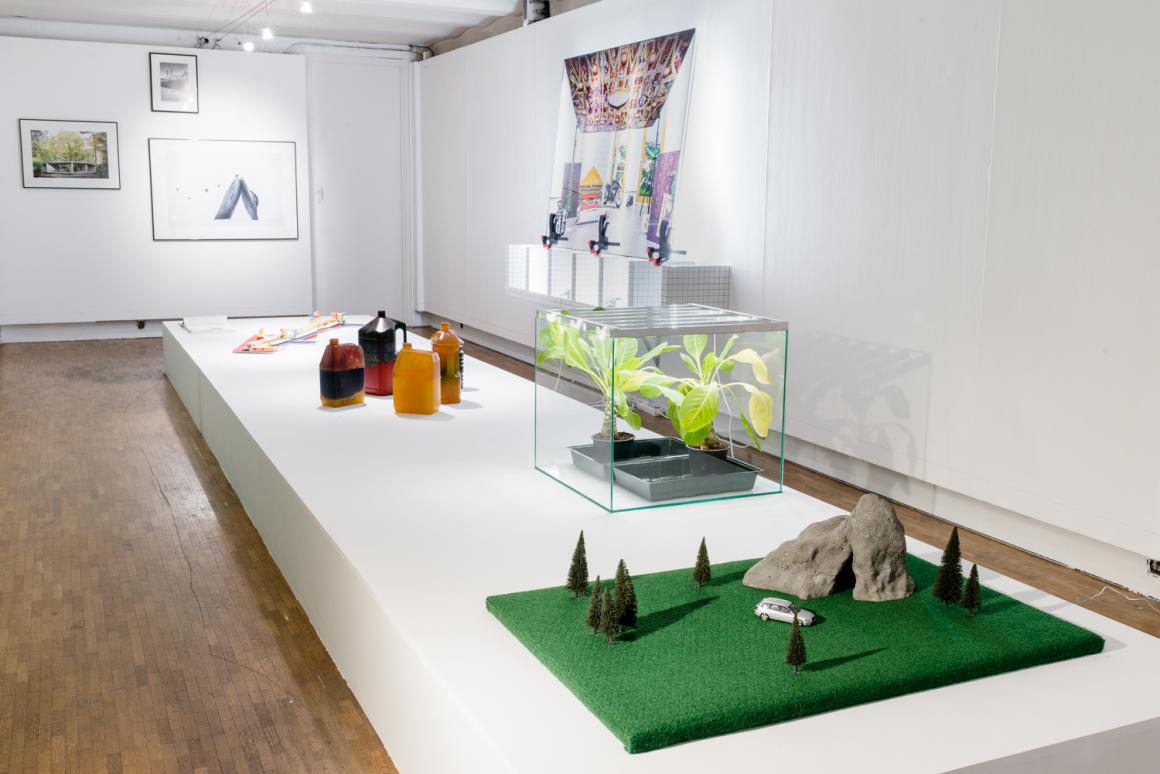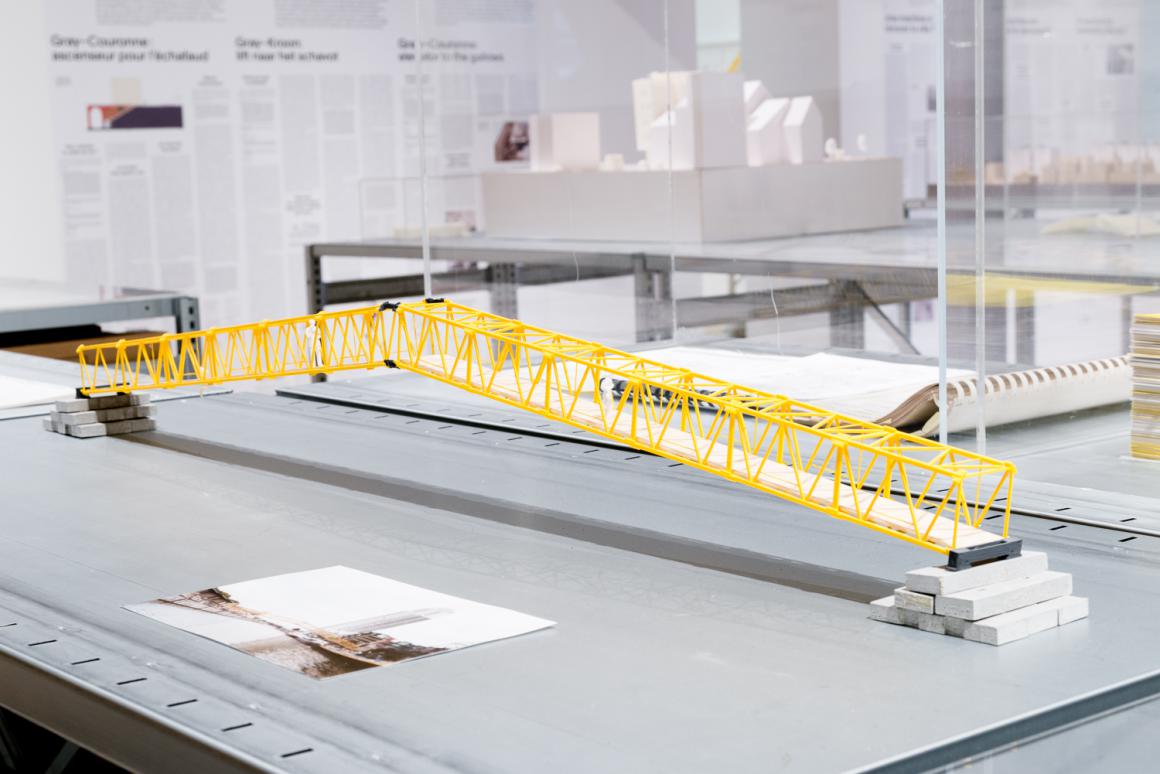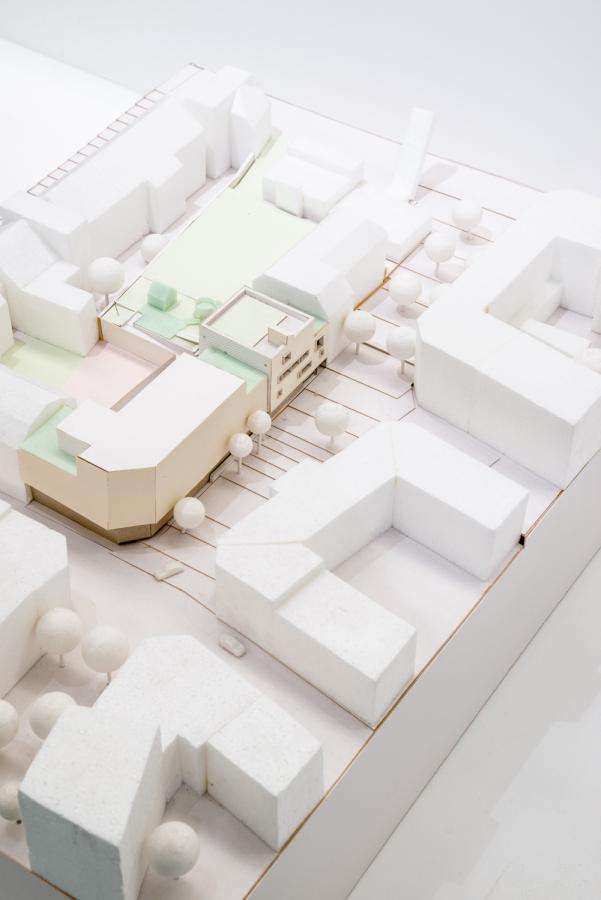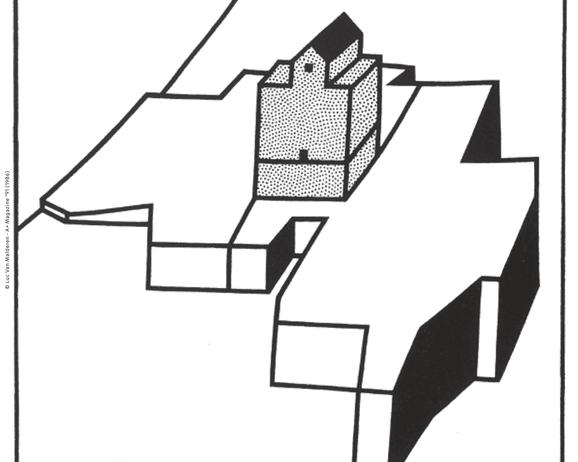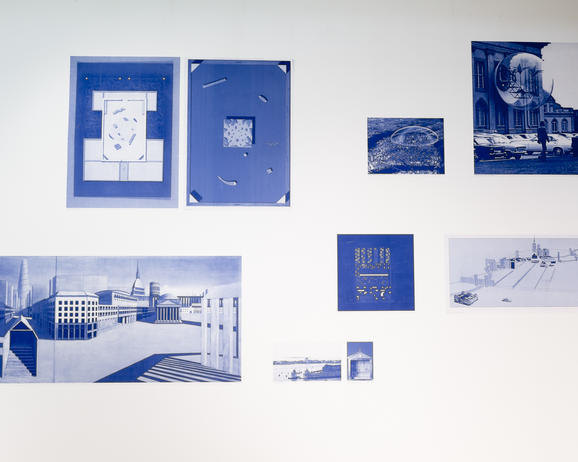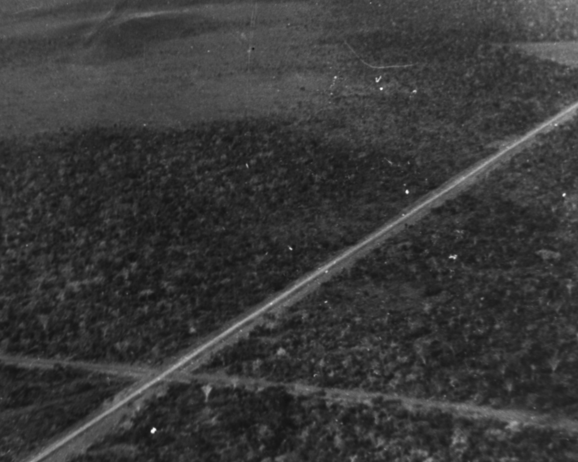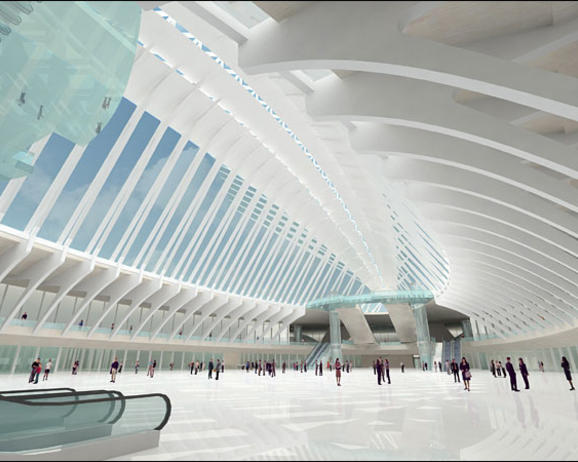The exhibition OPERATIONAL AESTHETICS has thoroughly researched Brussels’ so called Neighbourhood Contracts. CIVA took the opportunity of the upcoming anniversary of those Neighbourhood Contracts – a planning tool specific to Brussels – to fully understand the legal devices, processes and political visions that shape the city, its urban planning and architectural projects. At the heart of this approach lies the fundamental process used to create a city, placing the question of its exegesis before it has been drawn on paper or constructed in reality.
Adults : 10€ / groups : 8€ / students & seniors : € 5 / -18 : free
Shortly after its creation in 1989, the Brussels Region started investing in the revitalisation of its older neighbourhoods, seeking to rehabilitate the physical property while simultaneously breathing new life into their social and economic conditions. Brussels hereby serves as a case study in approaching the most basic and universal principle of “time zero” of an urban community in which everything remains to be done and whose ultimate outcome is primarily based on how its method of operation, the city’s planning policy, is defined. The exhibition unfolds in three parts:
Architectural projects are presented in a small theatre, as the tangible result of almost 25 years of Neighbourhood Contracts in Brussels. Models, photographs and administrative documents present an overview of the 550 projects carried out by almost 140 architectural, landscaping and urban planning firms.
The central space looks back at 25 years of ‘urban renewal’ in Brussels from a sociological point of view. Using a detailed exploration of 14 significant situations which mark a beginning or an end, a transformation or a repetition in the life cycle of the Neighbourhood Contracts policy.
Four peripheral pieces reflect on the history and the future of cities through the use of a broad historical and geographical perspective. Organized in four chapters, this large mural questions the fundamental relationship between time and space that has dominated the history of humanity: The Time of Gods, The Time of Man, The Time of Machines and The Time of the Cloud.
Visitors discover these different layers through a large selection of objects, historical and more recent documents, pieces of art, photographs, models, architectural plans, audiovisual sources, etc. In addition to the exhibition an interesting program of seminars, lectures, guided tours and evening activities with regional, national and international actors is being prepared. In this way CIVA wishes to reach both a broad as well as a more specialized audience.
Mathieu Berger is professor of Sociology at the Université Catholique de Louvain (UCL) and researcher at the Ecole des Hautes Etudes en Sciences Sociales in Paris. From 2009 till 2011 he was a counselor for the Brussels Minister for Urban Renewal. SInce 2016 he coordinates Metrolab Brussels, an interdisciplinary research centre for applied urban research (www.metrolab.brussels).
Philippe Potié is an architect and PhD in Architecture, graduated at the Ecole nationale supérieure d’architecture of Grenoble and the Ecole des hautes études en sciences sociales in Paris. He’s a doctoral thesis supervisor at the LéaV ENSA-V Paris-Saclay research centre. Potié teaches at the Ecole nationale supérieure d’architecture of Versailles.
Curators of the exhibition: t he CIVA department of contemporary architecture, in association with sociologist Mathieu Berger (UCL).





